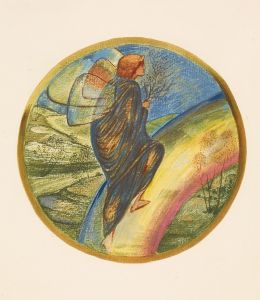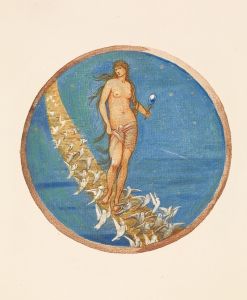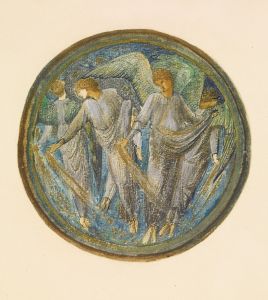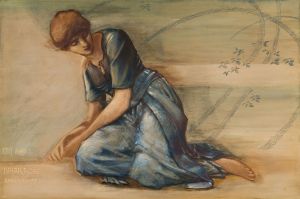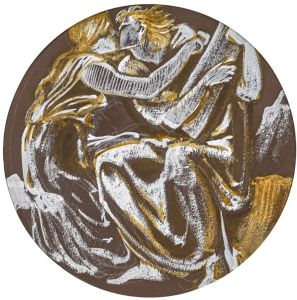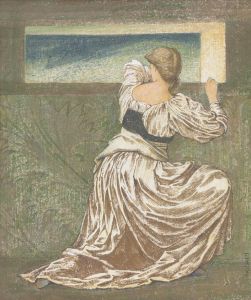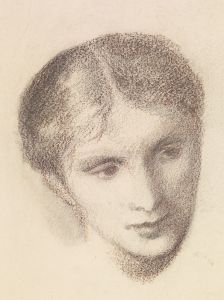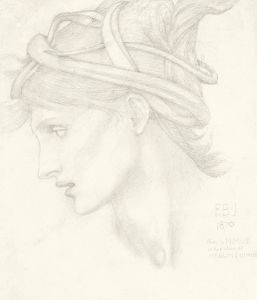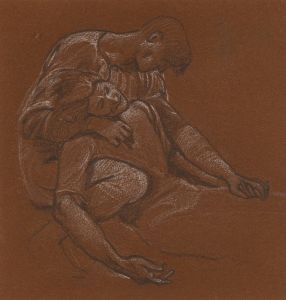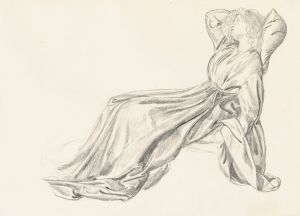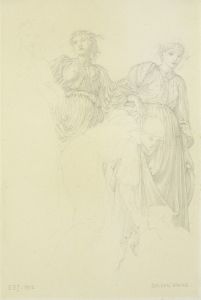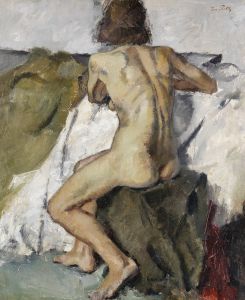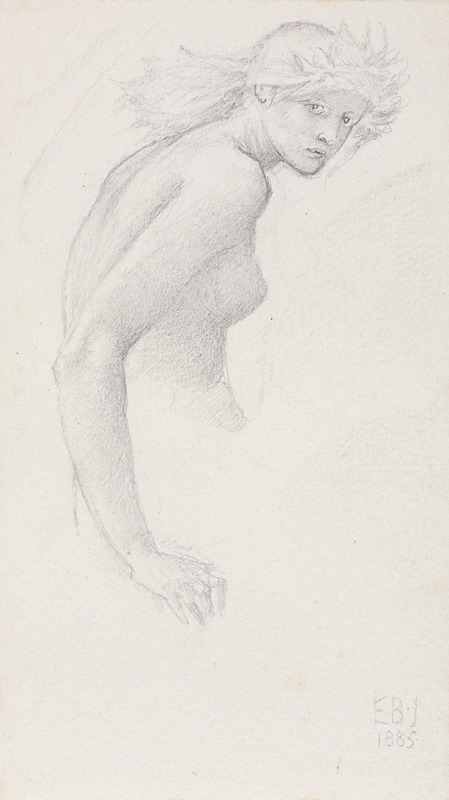
Study of a Female Figure
A hand-painted replica of Sir Edward Coley Burne-Jones’s masterpiece Study of a Female Figure, meticulously crafted by professional artists to capture the true essence of the original. Each piece is created with museum-quality canvas and rare mineral pigments, carefully painted by experienced artists with delicate brushstrokes and rich, layered colors to perfectly recreate the texture of the original artwork. Unlike machine-printed reproductions, this hand-painted version brings the painting to life, infused with the artist’s emotions and skill in every stroke. Whether for personal collection or home decoration, it instantly elevates the artistic atmosphere of any space.
Sir Edward Coley Burne-Jones was a prominent British artist and designer closely associated with the later phase of the Pre-Raphaelite movement. Known for his romantic and often mystical subjects, Burne-Jones's work is characterized by its intricate detail, rich color, and a deep sense of narrative. One of his notable works is "Study of a Female Figure," which exemplifies his skill in capturing the ethereal beauty and grace that are hallmarks of his style.
"Study of a Female Figure" is a drawing that showcases Burne-Jones's adeptness in rendering the human form with sensitivity and precision. Although specific details about the creation date or the model used for this study are not widely documented, the work is consistent with Burne-Jones's broader oeuvre, which often focused on mythological and allegorical themes. His studies frequently served as preparatory works for larger paintings or tapestries, where he would explore the composition, posture, and expression of his figures.
Burne-Jones was deeply influenced by the Italian Renaissance, particularly the works of Botticelli and Michelangelo, which is evident in the classical beauty and serene demeanor of the female figure in this study. The drawing likely employs pencil or chalk, mediums Burne-Jones favored for their ability to convey subtle gradations of tone and texture. The figure is typically depicted with elongated limbs and a graceful pose, reflecting the artist's idealized vision of beauty.
The Pre-Raphaelite Brotherhood, of which Burne-Jones was a later adherent, sought to reject the mechanistic approach to art that had become prevalent in the wake of the Industrial Revolution. Instead, they aimed to return to the detail, intense colors, and complex compositions of Quattrocento Italian art. Burne-Jones's work, including "Study of a Female Figure," embodies these principles, emphasizing a return to craftsmanship and the depiction of subjects imbued with emotional and spiritual depth.
Burne-Jones's impact on the art world extended beyond his paintings and drawings. He was also a significant figure in the Arts and Crafts Movement, collaborating with William Morris on various decorative arts projects. His work in stained glass, textiles, and book illustration further demonstrates his versatility and commitment to integrating art into everyday life.
"Study of a Female Figure" remains an important piece within Burne-Jones's body of work, illustrating his mastery of form and his dedication to the ideals of beauty and narrative. While the specific context of this study may not be fully documented, its artistic value and contribution to the Pre-Raphaelite and Arts and Crafts movements are undeniable. The drawing continues to be appreciated for its aesthetic qualities and as a testament to Burne-Jones's enduring influence on the trajectory of British art in the late 19th century.





